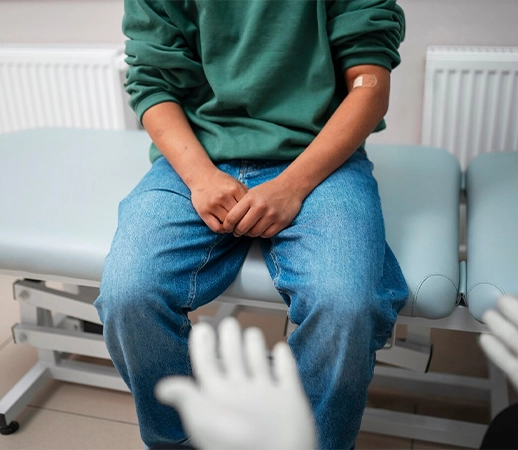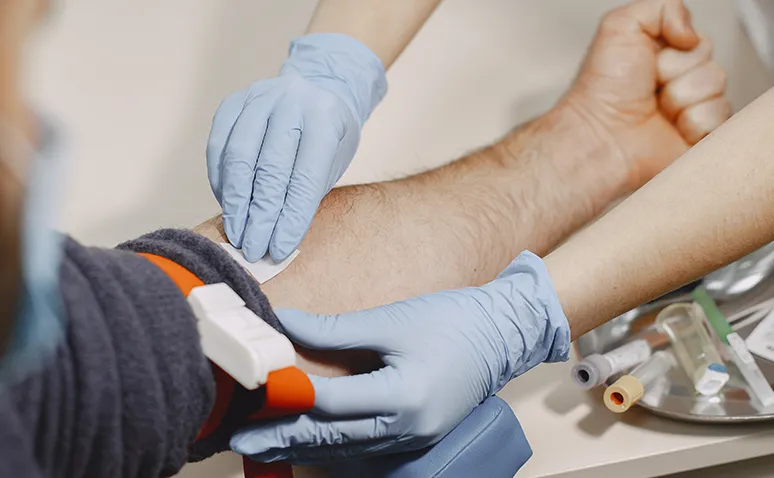HPV symptoms may progress unnoticed in most people, but in some cases, visible changes on the skin may occur. Small bumps, wart-like structures, or itching in the genital area are examples of such symptoms. These symptoms may appear individually or simultaneously in multiple areas.
HPV symptoms can become more apparent in individuals with weakened immune systems and may develop into abnormal lesions on the skin. The shape, color, or number of warts can vary from person to person. Rare but significant symptoms such as throat discomfort, difficulty swallowing, or hoarseness may also be associated with different types of the virus. Additionally, sensitivity or a burning sensation may occur in the infected areas. Such signs require professional evaluation.
What Are the Symptoms of HPV?
HPV, or human papillomavirus, is one of the most common sexually transmitted viruses. Most infected individuals may not show any symptoms, but some types can lead to serious health problems.
Being informed about HPV symptoms is crucial for early diagnosis. Depending on the course of the infection, signs such as warts, itching, burning, or changes in skin color may appear on the body.
Certain types of the human papillomavirus, especially high-risk types, can cause severe gynecological conditions in women. Therefore, regular screening tests are recommended.
In particular, the HPV test is one of the most effective methods to detect the virus and take necessary precautions. Thanks to this test, even asymptomatic cases can be detected early.
The first signs of HPV may include:

Some types of the human papillomavirus can remain dormant in the body for years. Therefore, infections caused by HPV are not always immediately noticeable. However, with early diagnosis, treatment is possible before progression. Especially HPV vaccination at a young age provides protection against these infections and significantly reduces the risks.
How Is HPV Most Commonly Transmitted?
The prevalence of this infection stems from the variety of transmission routes. Therefore, it is important to understand the ways it spreads, in addition to being aware of protection methods.
The main situations to consider in understanding how human papillomavirus is transmitted are as follows:
An infected mother may transmit the virus to her baby during childbirth.
In individuals with weak immune systems, the virus can more easily settle and become active.
HPV is mostly transmitted through sexual contact, including vaginal, anal, or oral intercourse.
Using condoms reduces the risk of transmission but does not provide full protection, as skin contact can also cause transmission.
Sharing personal items (such as underwear or razors) can rarely lead to indirect transmission.
Since most people carrying HPV do not show symptoms, they may unknowingly transmit it. Therefore, routine check-ups and preventive measures are critically important to prevent the spread of infection.
What Should Be Considered Regarding the HPV Virus?
As this infection often progresses silently, regular health check-ups are of vital importance. Individuals at high risk should especially adopt preventive methods.
Key points to consider include:
- Getting an HPV test at regular intervals, even without symptoms, helps detect hidden infections.
- To maintain sexual health, monogamous or safe relationships should be preferred, and hygiene practices should be followed.
- Women should not skip gynecological examinations to screen for cervical cancer risks.
- HPV vaccination at an early age helps develop immunity against certain types of the virus.
- Maintaining a strong immune system and healthy lifestyle habits reduces the risk of the infection becoming active.
HPV infection is not a condition to be taken lightly. With accurate information and effective protection methods, long-term health risks can be significantly reduced.











